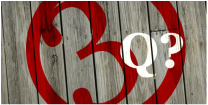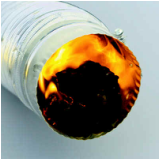
Before you close the deal on your new purchase, enlist the help of Bennett Property Inspection out of Tampa, Florida.
We care about your best interests, your families safety, and we will be an advocate on your behalf during your home buying process.
Ask any prospective home inspector these three questions before using their services:
1. What does the report look like? The most valuable part of the home inspection is the detailed report that lists any issues, problems or potential trouble with the house. How the report is crafted and how long it takes to be submitted to the buyer varies. Our inspection report is a full narrative report with embedded pictures. The full report usually contains between 30 and 40 pages. The summary report, presenting findings that may require immediate attention, usually contains between 5 and 10 pages.
2. What will the inspection cover? A home inspector's report will review the condition of the home's heating system, central air conditioning system (temperature permitting), interior plumbing, electrical systems, roof, attic, visible insulation, walls, ceilings, floors, windows, doors, foundation, basement, and visible structure.
3. How do you stay current on industry standards? The building industry is constantly changing, so you don’t want to seek help from a company with dated practices. A good inspector has consistent documentation of continuing education (CE) in the inspection industry.
For more questions concerning home inspections, or to schedule your inspection, contact Bennett Property Inspection at (813) 260-9920.



 RSS Feed
RSS Feed

